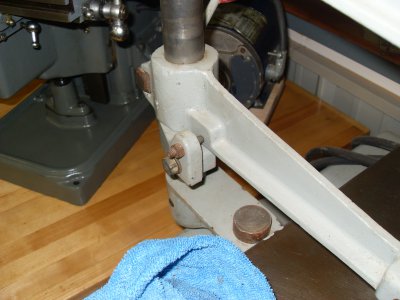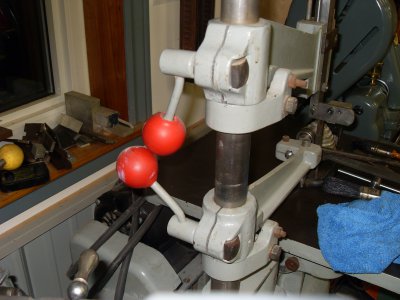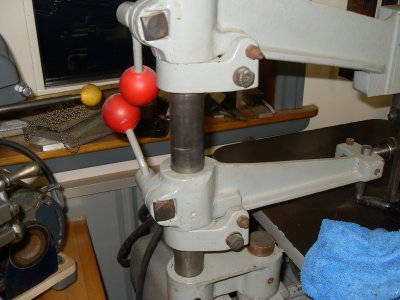- Joined
- Dec 6, 2012
- Messages
- 2,677
Denton,
Thanks for the pics! I hope the manual was helpful.
Does the arm fix to the support shaft via a hole and set screw or a slit and clamp.
Yours looks cast. My shopmade arm will not be.
I'm guessing a slit and clamp would be lest traumatic to the post than a hole and set screw.
Daryl
MN
Thanks for the pics! I hope the manual was helpful.
Does the arm fix to the support shaft via a hole and set screw or a slit and clamp.
Yours looks cast. My shopmade arm will not be.
I'm guessing a slit and clamp would be lest traumatic to the post than a hole and set screw.
Daryl
MN





